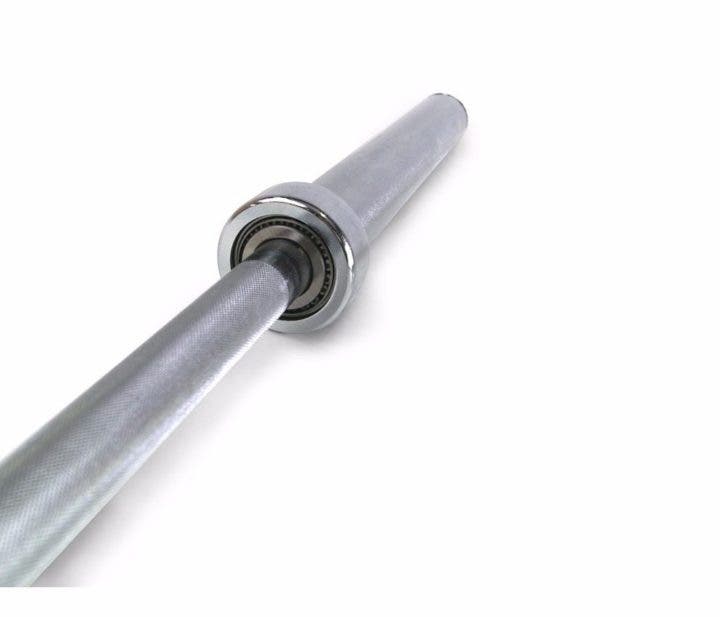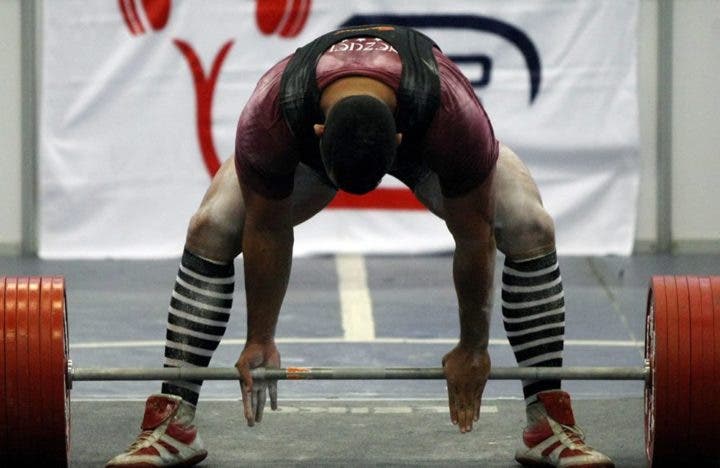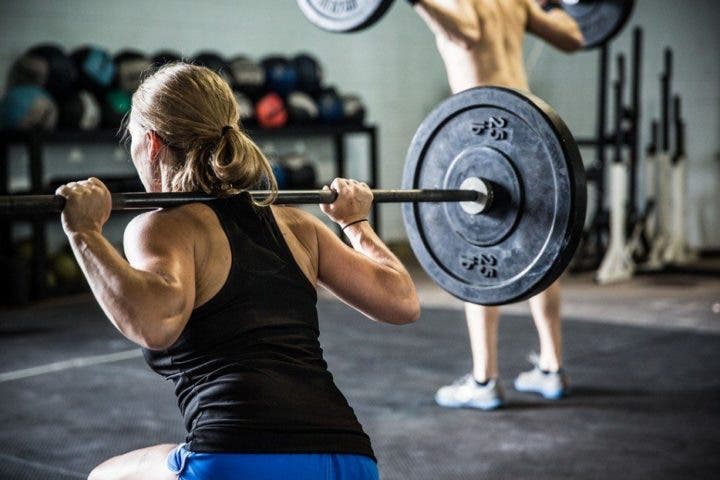It doesn’t matter if you are passionate about exercise or just starting a healthy life and adding physical activity to your daily routine. It is important to take into account and be aware of what you want to achieve with the training and, for this, to know in a deep way all the tools that large companies offer for you and your requirements.
Regardless of whether you are training in a gym or at home, finding a bar that suits your needs is quite important. There are many types on the market and this is precisely because of the infinity of different tasks in which the bars can be used.
Discover the different types of bars that you will be able to use in your training.
Basic Bars
1. Bars for powerlifting
Powerlifting bars tend to be more aggressively molded to help grip your hands very well. The weight marks are slightly wider than the Olympic weight marks.
Generally, powerlifting weights are also more rigid than Olympic weights, although there are specialized bars that have more curves and are longer than conventional ones, all this is so that the end plates remain comfortably on the ground .
2. Olympic bars
These bars have a much less aggressive and noticeable molding. They provide enough grip, but not enough to break the hands in the transition of movements. These bars are known to have more whip or curve.
3. Hybrid bars
This model tries to take the best of each type of bar and thus meet multiple needs . Often they have two markings from point to point to align with Olympic powerlifting and lifting standards.
These bars are useful for athletes who in their training, do both types of lifting in a single session, it is also a good way to save money and reduce costs when buying 2 bars in 1.
Bars size
The diameter and length of the bars are different and are often denoted by men’s or women’s sizes.
Standard size in women
- Bar length: 201 cm
- Bar diameter: 25mm
- Bar weight: 15 Kg
Standard size in men
- Bar length: 220cm
- Bar diameter: 28-29mm
- Bar weight: 20 kg
Standard size for youth and coaches
- Bar length: Varied length
- Bar diameter: 25mm
- Bar weight: 10 Kg
What should I take into account to buy a bar?
1. Elastic limit
The elastic limit measures the amount of weight that can be put on a bar to make it bend and then return to its original state. Generally we want the bars to have some little bend, as mentioned above, more bend in a deadlift leads the end plates to rest longer on the ground, not to bend.
The yield strength of a bar can also be measured and controlled by the amount of weight it would take to permanently bend a bar. This test is considered static as more and more weight is added to the ends of the bar, but dynamic force is also applied in weightlifting, so a different test may be needed to determine the quality of the bars. .
2. Tensile force
Tensile strength is measured with a dynamic test. It is rated in pounds per square inch (PSI), which is the amount of weight needed to pull the spreader bar.

The best brands of Olympic bars are Eleiko or Ivanko , they use steel rated at over 200,000 PSI. Just over 180,000 is the necessary average for almost everyone.
3. Whip
The whip or “whip” of the bar is the bounce that occurs in the bar when the lifter stops exerting force on it and the bar continues to move because of the given momentum. It is difficult to measure quantitatively, it depends on the diameter of the bar (thinner bars have more whip) and the type of steel of the same. You may have to watch reviews or videos online for subjective whip measurements.
4. Handle
The handle of the bar is the mechanism that determines the ability to turn the bar will have. Cylinders are solid materials that have low friction (Brass is for general use). The bearings are little balls or needles inside the handle that help the bar roll. They generally allow for a faster turn, but are often more expensive.

If you are in the market ready to buy an Olympic bar, one of the most important things to study in it is the ability to turn it has. If you can’t test the bars in person, there are many videos online that show the different twists of the weights.
5. Finish
The bare steel bars do not have any type of finish and are prone to rust but at the same time have a pleasant grip for the hand, this type of bars needs a good dose of maintenance and frequent cleaning. Zinc-finished bars provide added protection and come in black or gloss finishes.
Chromium offers the most protection and is typically the most expensive of its kind on the market. It comes in satin or with polish options. The chrome can also feel a bit more slippery, depending on the finish, but the top of the line bars often have a chrome finish and still have great grip.
6. Molded center
Molded center helps keep bar on your back during rear lunges. This is very common to see on powerlifting bars. In many Olympic bars there is no molding in the center and this gives the bar a quite different texture.
References
- Craig Marker. Barbell Buying Guide: What to Look for in a New Bar. To: breakingmuscle [Revised November 2015]


